In a groundbreaking move, Nepali officials are exploring the use of flying drones to transport garbage and gear from high camps on Mount Everest down to Base Camp. The initiative aims to reduce the number of trips porters make through the deadly Khumbu Icefall, a treacherous glacier prone to avalanches and collapsing ice towers, reports Outside.
Promising Drone Test Flights
The Pasang Lhamu Khumbu Rural Municipality, the local agency overseeing the Nepali side of the mountain, recently conducted test flights using a Chinese-made cargo drone, the FlyCart 30. Despite some challenges posed by the extreme altitude and topographic features, the results were encouraging.

On April 29, the drone successfully flew from Base Camp (17,600 feet) to Camp I (19,900 feet), although it was unable to land at the higher camp. The following day, the drone completed the journey with a 40-pound load, including two oxygen tanks.
Jagat Prasad Bhusal, the chief administrative officer of the municipality, told Outside, “Our outlook on this initiative is optimistic. We’re encouraged by its performance.”
Overcoming Challenges
The thin air at high altitudes presents a challenge for rotor-powered aircraft, as spinning blades generate less lift. The FlyCart 30 has a maximum flying altitude of 19,600 feet and a carrying capacity of 66 pounds, according to DJI.
Mountain environments also pose difficulties for aerial drones, as topographic features can block radio signals from the drone operator. To address this issue, officials plan to send a second drone operator to Camp 2 to take control of the vehicle for future tests.
Reducing Dangers in the Khumbu Icefall
The Khumbu Icefall, a cascading glacier above Base Camp, is a deadly occupational hazard for workers hauling gear up and down the mountain. Despite safety strategies, such as charting routes away from avalanche-prone slopes and ascending early in the morning when ice is firmer, at least 50 people have died in the icefall since 1953.
Cargo drones could represent a breakthrough in the effort to reduce danger in the Khumbu Icefall. Officials expect drones to start hauling trash back to Base Camp as early as 2025.
Drones to the Rescue
The use of flying drones on Mount Everest has the potential to significantly reduce the risks faced by Sherpas and other workers navigating the treacherous Khumbu Icefall. While challenges remain, the successful test flights and the determination of Nepali officials to find solutions offer hope for a safer future on the world’s highest peak.
Discover more from DroneXL.co
Subscribe to get the latest posts to your email.


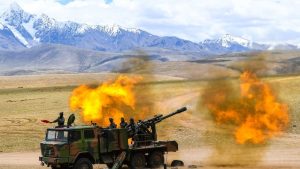

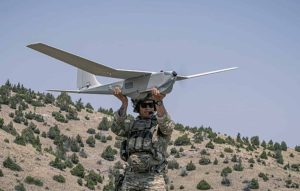


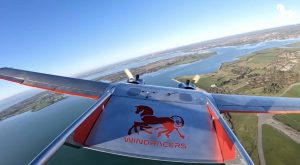
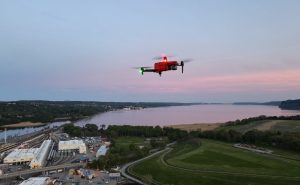
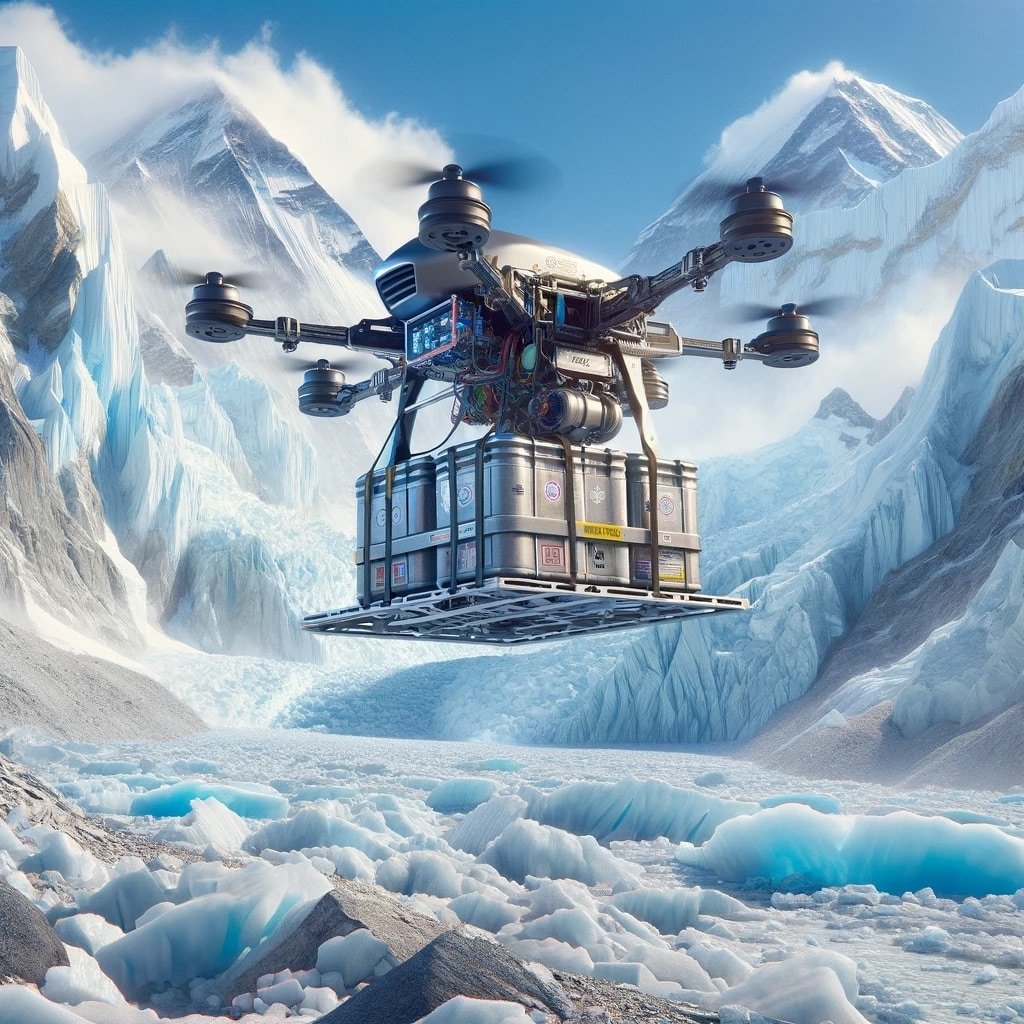

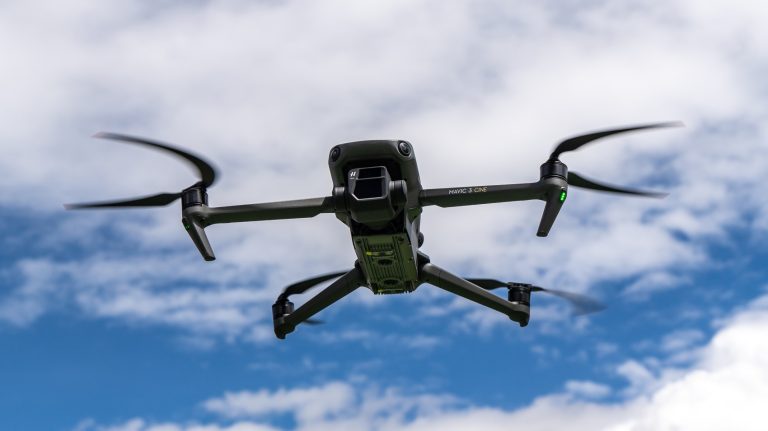
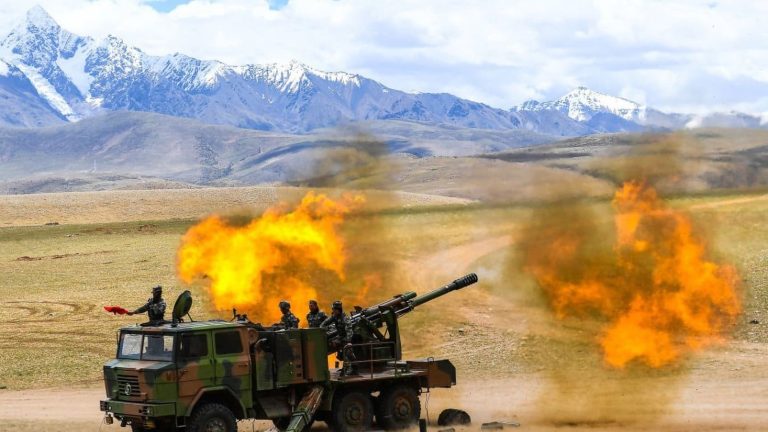
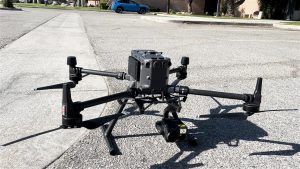
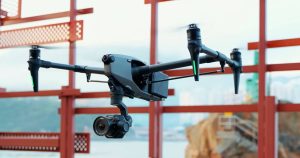
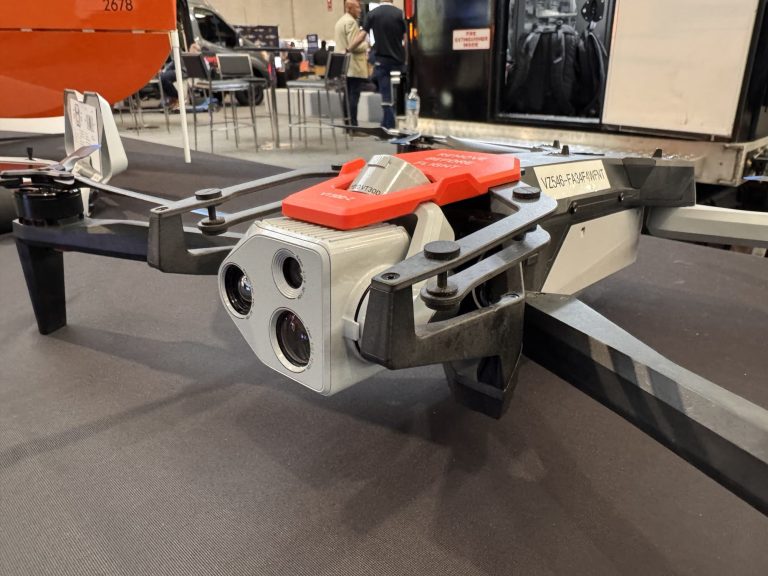
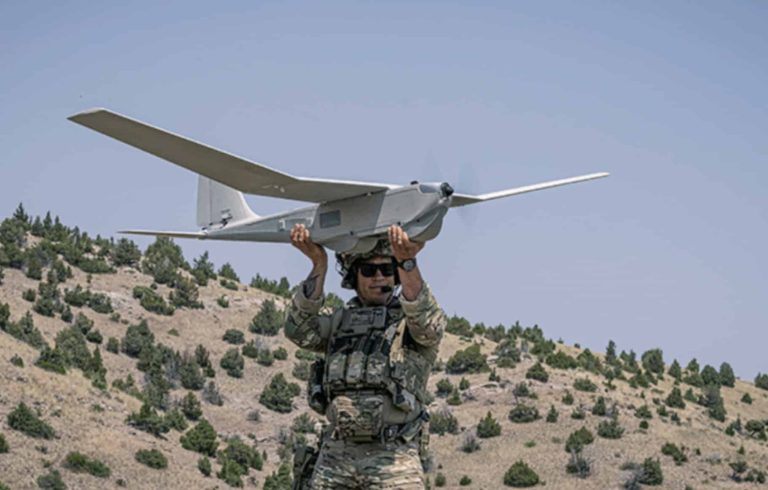


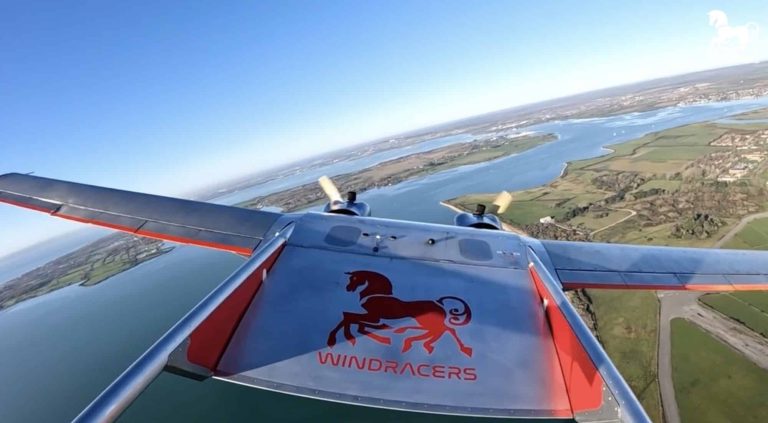
+ There are no comments
Add yours